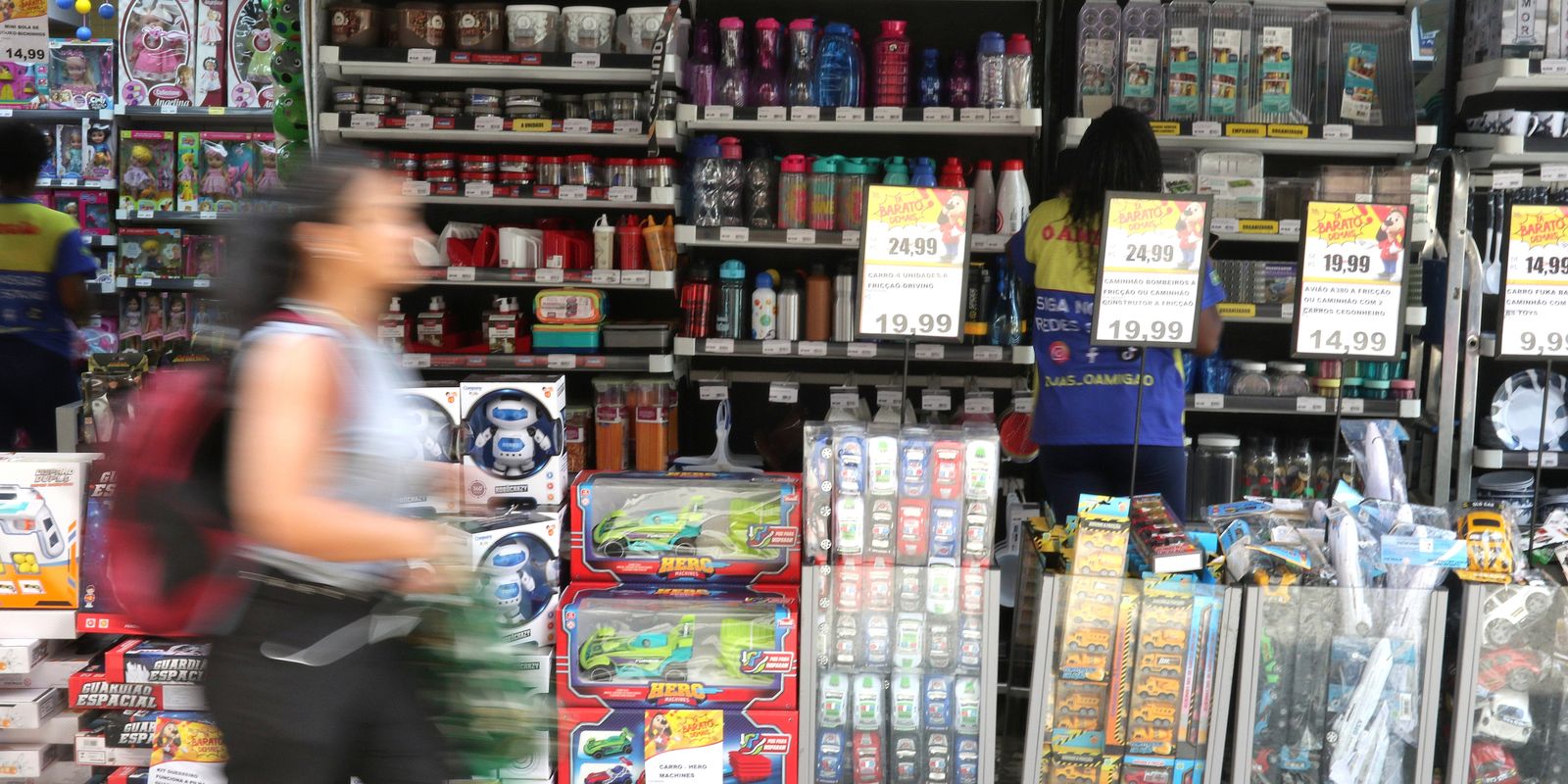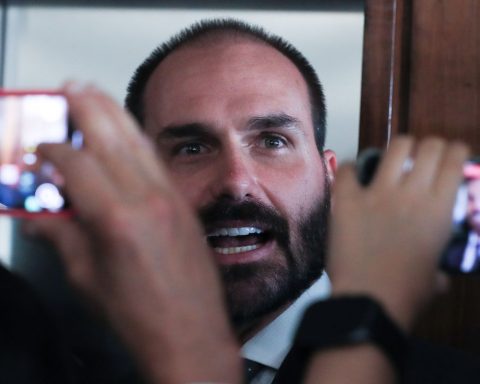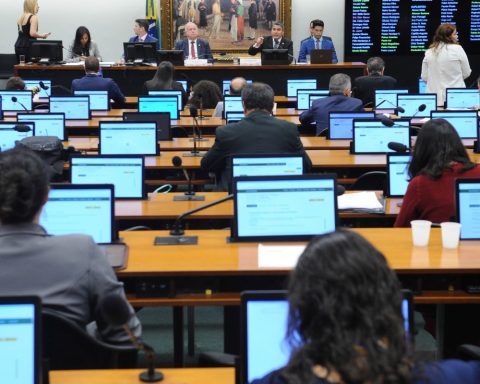Household Consumption Intention (ICF) fell 0.6% from September to October, discounting seasonal effects, the fourth consecutive negative result and the most intense in the period. The decrease in intention can also be seen in the annual analysis, with a drop of 1.2%. The indicator still remains at the satisfaction level with 103.2 points; however, it is at its lowest level since March of this year. This is what the National Confederation of Commerce of Goods, Services and Tourism (CNC) reveals.
According to the CNC, all components showed a downward movement, with the exception of the Professional Perspective, which showed no changes. Momentum for Durables had the biggest reduction in its rate, showing an annual reduction equal to its reduction in the last month (-1.8%). In the general analysis, Current Employment is the item with the highest score in the ICF, which demonstrates worker satisfaction. In October, consumers’ Professional Perspective was the only item that did not see a reduction in the monthly comparison, maintaining the lowest balance since June 2023. Current Income continued to advance (+3.7%) as the biggest annual variation within all components.
CNC’s chief economist, Felipe Tavares, says that consumers are more cautious about consumption. “The main sub-indicator of the index was the drop in intention to consume durable goods, falling 1.8% in the monthly variation, and short-term perspective consumption also fell, with a 1.2% drop in the month. The big factor that pulled it down was the decrease in employment prospects. Families are very cautious about their future employment prospects.”
However, the Professional Outlook fell 4.1% in the year, suggesting greater caution in relation to future employability. In the monthly comparison, the Current Consumption Level – ICF also decreased, as did Current Employment.
“The recent monthly analysis highlighted a significant negative factor: the 4.2% drop in the Consumer Outlook. This decrease reflects a challenging economic scenario, marked by the increase in the Selic, Brazil’s basic interest rate, which began a new cycle of rising interest rates. This increase in interest rates is a measure adopted by the Central Bank to contain inflation, but it also brings a series of implications. With a higher Selic rate, the cost of credit increases, which also explains the drop in Access to Credit and, in addition, may discourage family consumption”, highlights the CNC.
“Uncertainties regarding the adjustments that will be made by the government to fit within the fiscal framework also generate a climate of apprehension among consumers, with the possibility of adjustments to public spending and revenue”, he adds.
These factors directly impact consumption expectations. When consumers are insecure about their future professional and financial situation, they tend to reduce Current Consumption. Consumers become more selective in their purchases, and financial institutions become more selective in relation to the risk criteria of their borrowers, reducing consumption potential.















